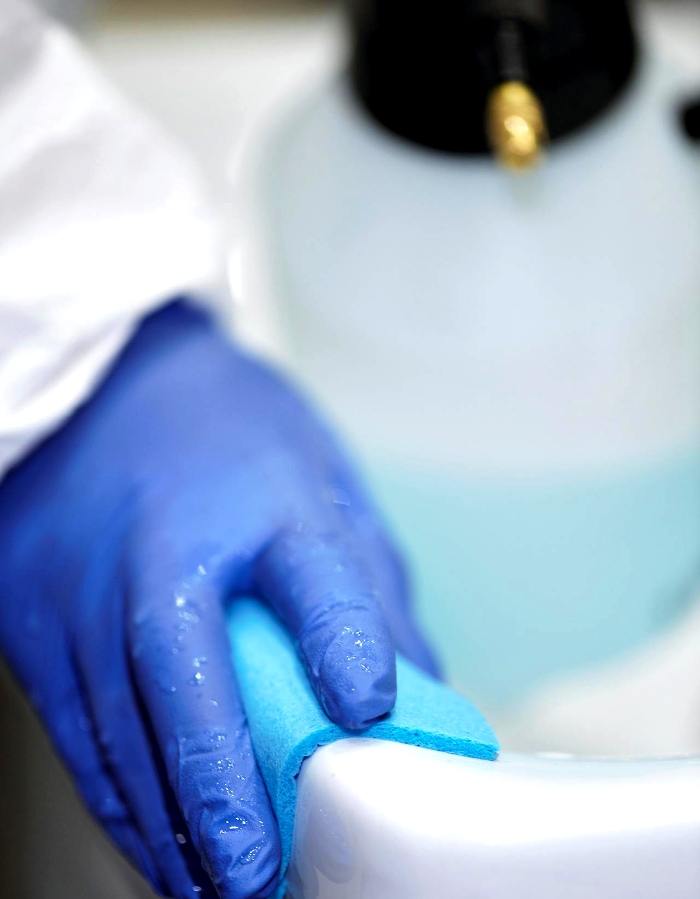The mere thought of being exposed to blood sends shivers down the spine of many. Whether you’re dealing with a minor cut or a more significant incident, this article is designed to equip you with invaluable blood safety knowledge.
Our guide provides practical tips for safely handling these situations and ensuring a healthier environment. It’s time to step confidently in mastering the art of carefully cleaning up blood.
So, read on to understand the blood clean up process and turn what may have been complex into a manageable task.
1. Protect Yourself
Before you start the cleanup process, make sure you are properly protected. Wear disposable gloves, preferably made of latex
These gloves create a barrier between your skin and the blood, reducing the risk of coming into direct contact with any potential pathogens. If the blood volume is substantial, consider using other personal protective equipment, such as goggles and aprons, to safeguard yourself further.
To learn more about MyCPR NOW’s Bloodborne Pathogens Certification, follow the highlighted link.
2. Use Absorbent Material
When it comes to cleaning up blood, using the right materials is essential. Start by using disposable paper towels or absorbent pads to blot or wipe away as much blood as possible.
Avoid spreading the blood by gentle, absorbent motions. Never use sponges or reusable cloths, as they can harbor bacteria and increase the risk of contamination. Dispose of the used materials in a leak-proof bag or container to prevent any accidental exposure.
3. Clean with Appropriate Disinfectants
After you’ve removed the visible blood, it’s essential to disinfect the area thoroughly. Choose a bleach-based disinfectant or a product specifically designed for blood cleanup. These disinfectants are effective in killing a wide range of bloodborne pathogens.
Follow the instructions on the product label, including the recommended contact time, to ensure proper disinfection. Pay extra attention to high-touch surfaces, such as doorknobs and light switches.
4. Properly Dispose of Contaminated Materials
Any materials that come into contact with blood exposure need to be disposed of properly. Place all used materials, including gloves and cleaning supplies, into a sturdy, leak-proof bag or container. Seal it securely and label it as biohazardous waste.
Follow your local regulations for the disposal of biohazardous materials. If you’re unsure about the proper disposal method, contact your local health department for guidance.
5. Seek Professional Help
While minor incidents can generally be handled by following these tips, some situations may require professional assistance. If you’re dealing with a large blood spill or a biohazardous situation, it’s best to contact a professional blood cleanup service.
These experts have the knowledge and specialized equipment to safely clean and disinfect the area, ensuring the complete removal of all potential pathogens.
Blood Safety: Simplify Cleaning up Blood
Cleaning up blood should never be taken lightly. By following these tips, you can safely handle the task while minimizing the risk of exposure to bloodborne pathogens.
Remember to protect yourself, use the right materials and disinfectants, and properly dispose of any contaminated materials. When in doubt, don’t hesitate to seek professional help. Stay safe and minimize the risks associated with blood cleanup.
Photo by Matilda Wormwood.








